NYBG: A Garden of Opportunities
The New York Botanical Garden aids Fordham environmental studies majors. (Andrea Garcia/The Fordham Ram)
November 15, 2017
By Yohannah Franco

Strolling into the New York Botanical Garden on a breezy Saturday morning, Alexandra Sottile, FCRH ’19, was greeted by the sweet smell of blooming flora and the peaceful hum of chirping birds. Following a team briefing on the day’s plans and some activity preparations in the Ruth Rea Howell Family Garden, crowds of local kids from ages five to eight surged in for a busy day of hands-on activities and dirt-filled fun. Sottile recalls these early spring days with the warm memories of her dedicated fellow educators and the sheer excitement of contributing to one of the most comprehensive plant conservation programs in the world. For the eager environmental studies major, this internship experience was one step closer to her dream of building an environmentally responsible and sustainable world.
“I’m always trying to learn more and see if I can obtain new things to improve my own individual life and my own individual human footprint for the environment,” Sottile said of her pursuit of the NYBG internship.
A living museum, educational institution and National Historic Landmark, the New York Botanical Garden has been a rich community resource and a next-door neighbor to Fordham University for 126 years. But while many of Fordham’s students are well acquainted with the perk of free admission to the Garden’s grounds, Sottile is among the smaller crowd aware of the countless career and volunteer opportunities that abound right across Southern Boulevard.
Growing up in Staten Island with a green thumb, a small family garden and a love for the natural sciences, Sottile was faced with limited educational opportunities for her interest throughout high school. However, Since coming to Fordham she has thrown herself into environmental work both academic and extracurricular, attending excursions with Fordham’s Outdoors Club, serving on the E-board of Fordham’s communal St. Rose’s Garden and most recently joining the USG Sustainability Committee this semester.
“I am interested in how green infrastructure can play a larger role within the physical world and within society as a whole,” Sottile explained. “How can we make buildings and businesses and even our own university greener?”
When her environmental studies advisor mentioned the new Edible Academy under development at the nearby Botanical Garden last year, Sottile says she was immediately fascinated. Scheduled for completion in June 2018, the expanded edible gardening program plans to implement state-of-the-art Green infrastructure to encourage healthy eating and environmental awareness among youth. Eager to jump on board, Sottile recalls, she scheduled an interview for a volunteer internship with the Family Garden in early 2017.
During her past spring semester at the NYBG, Sottile worked in offices, cultivated seeds for the spring season and helped lead children’s educational gardening programs. Through her community-focused work and frequent interactions with kids from local areas of the Bronx, Sottile says she felt much more informed and connected with Fordham’s surrounding community than she had been before the internship experience.
“I do think that institutions like the Botanical Gardens and also the Bronx Zoo do help bridge this gap,” Sottile said regarding the disconnect often observed by students between the university and its locality. “It not only is immersing Fordham students with other individuals within the Bronx community that are not Fordham students, but it also facilitates this atmosphere of learning.”
Priscilla Hernandez, manager of volunteer services at the NYBG, says the institution is highly interested in individuals like Sottile who are eager to learn and contribute to the Garden’s important work.
“We want to engage people to care about plants and the environment, and so we do this by offering different public programs and different events here,” she said.
Hernandez explained that while Fordham’s student involvement has been notable through the years, with some interns working in education, retail, marketing and services departments, there’s still room for much more involvement.
“I think it’s not just with students, but I just think that people in general don’t realize the career opportunities that are housed in this museum,” she said. “Just like any organization or company, we have a development team, an HR team, an education team, a retail team, so there’s a lot of unique business and work opportunities in the museum.”
Hernandez said that as a provider of both diverse employment positions and year-round volunteer opportunities in mission-focused fields, the Botanical Garden is a one-of-a-kind workplace.
“We’re considered a living museum, so I think it’s unique on its own as an institution,” she said. “And then it’s so great to have a green space in the urban New York City that we live in, so I think it’s just a really neat environment to be in.”
Haley Hauge, GSB ’18, a marketing major who says she’s always been drawn to museums for their emphasis on art and culture, took a more roundabout path to working at the NYBG. While serving on a committee at the Metropolitan Museum of Art, Hauge met some members of the NYBG’s Humanities Institute through a collaborative event in the spring of 2016. After maintaining contact for some time, she secured the position of Marketing Intern with the institute from May to December that year.
As a division within NYBG’s LuEsther T. Mertz Library, the Humanities Institute hosts seminars, lecture programs and workshops on the intersection of science and the humanities. During her seven months there, Hauge developed marketing materials, revised the institute’s website and proposed social media initiatives.
“I chose to work at the NYBG because I felt my personal values and beliefs aligned with the mission and culture of the organization,” Hauge said. “Working in the Humanities Institute added an enjoyable academic component to my work and I enjoyed the interdisciplinary approach of the institution overall.”
Now, a year following the internship, Hauge says she is still enjoying the fruits of her labor.
“The experience completely helped shape who I am today, as I was able to see my work and ideas lead to improvement and tangible change,” she said. “I’m grateful that I had this opportunity of working with amazing people in a very collaborative space.”
Like Hauge, Sottile says her internship experience with the NYBG opened her eyes to various personal strengths and new career possibilities. While she is still deciding between either environmental research or sustainable business as her path, Sottile says she is considering interning again at the Garden and hopes to continue learning more about green infrastructure and pollution reduction.
Sottile exhorts other Fordham students to take advantage of the many local resources and contribute to the outside community by speaking to advisors, professors and community service clubs, many of whom already have a foot planted outside of Fordham’s walls.
“The opportunities are there, it’s just you need to have an interest in it,” she said. “You need to make that initiative to take that step and to find out more information.”


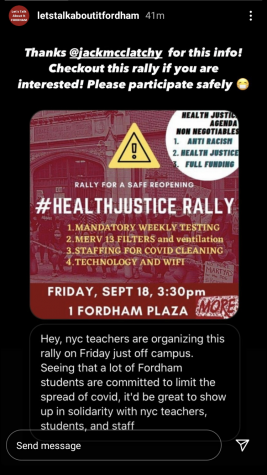
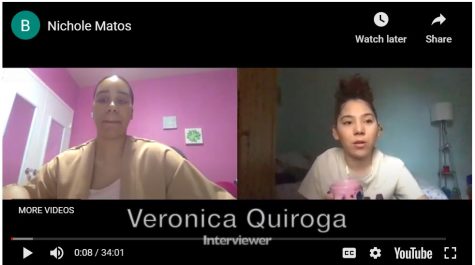
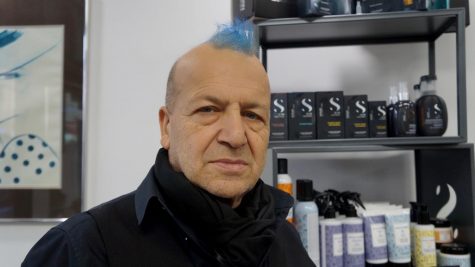
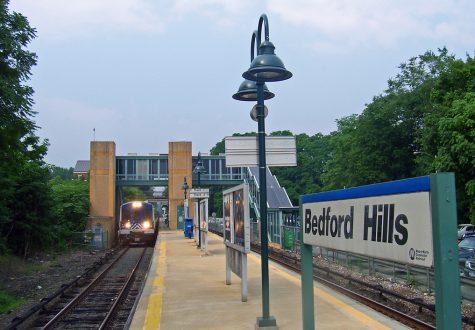



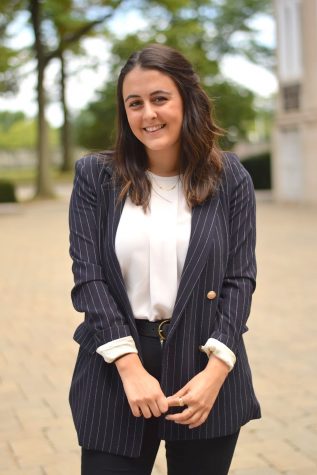

If you want a picture to show with your comment, go get a gravatar.